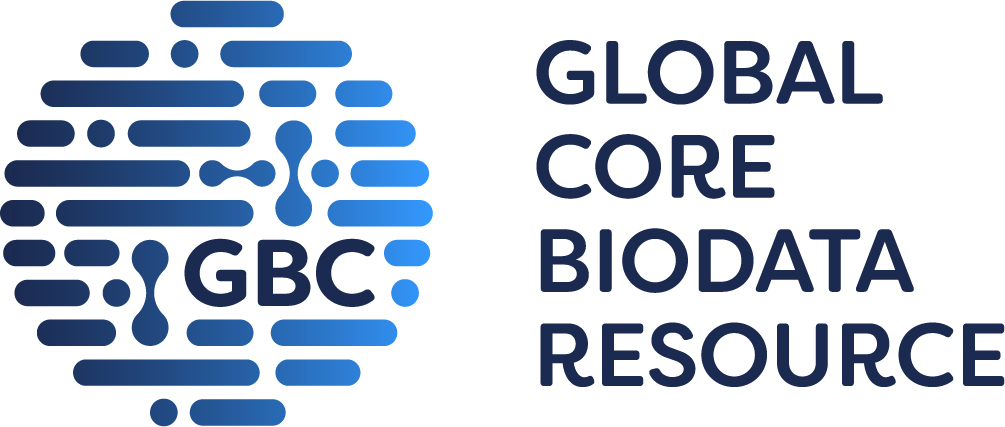
GtoPdb is requesting financial support from commercial users. Please see our sustainability page for more information.
Chemerin receptors C
Unless otherwise stated all data on this page refer to the human proteins. Gene information is provided for human (Hs), mouse (Mm) and rat (Rn).
Overview
« Hide
More detailed introduction 
Nomenclature for the chemerin receptors is presented as recommended by NC-IUPHAR [4-5]). The chemoattractant protein and adipokine, chemerin (RARRES2, Q99969), has been shown to be the endogenous ligand for both chemerin family receptors. Chemerin1 was the founding family member, and when GPR1 was de-orphanised it was re-named Chermerin2 [5]. Chemerin1 is also activated by the lipid-derived, anti-inflammatory ligand resolvin E1 (RvE1), which is formed via the sequential metabolism of EPA by aspirin-modified cyclooxygenase and lipoxygenase [1-2]. In addition, two GPCRs for resolvin D1 (RvD1) have been identified: FPR2/ALX, the lipoxin A4 receptor, and GPR32, an orphan receptor [7].
Receptors
|
Chemerin1 (chemerin receptor 1)
C
Show summary »
More detailed page |
|
Chemerin2 (chemerin receptor 2)
C
Show summary »
More detailed page |
Comments
Further reading
How to cite this family page
Database page citation (select format):
Concise Guide to PHARMACOLOGY citation:
Alexander SPH, Christopoulos A, Davenport AP, Kelly E, Mathie AA, Peters JA, Veale EL, Armstrong JF, Faccenda E, Harding SD, Davies JA et al. (2023) The Concise Guide to PHARMACOLOGY 2023/24: G protein-coupled receptors. Br J Pharmacol. 180 Suppl 2:S23-S144.








CCX832 (structure not disclosed) is a selective antagonist, pKi=9.2 [6].